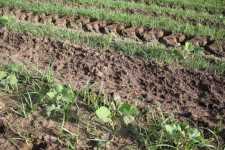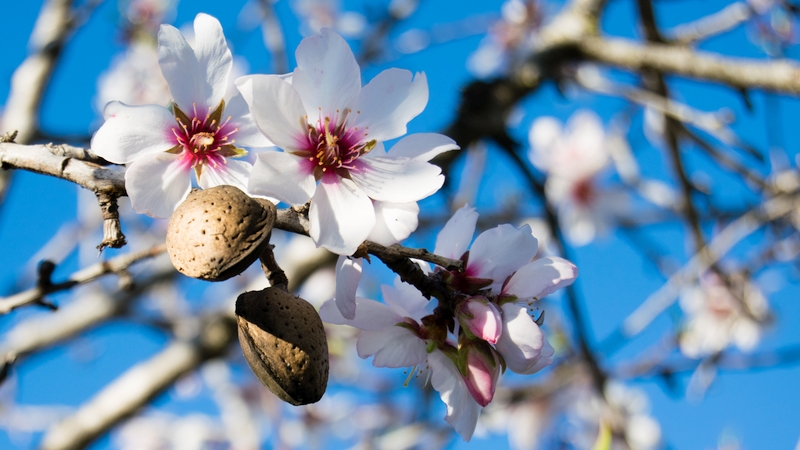Squash Your Weed Worries

Weeds compete with crops for nutrients, water, and light. Weeds emerging within the first four weeks after planting can decrease watermelon and muskmelon yield. Season-long competition of two yellow nutsedge per square foot can decrease watermelon yield. Weeds also hinder productivity at harvest time. Proper weed management should include multiple methods of weed control. These methods should be implemented before the crop is planted and during the entire cropping season.
One of the cheapest methods of weed control is early crop establishment and a healthy crop. Starting the season with healthy transplants or cultivars that germinate quickly will minimize competition from the weeds. Proper water, fertility, and varieties will provide a healthy crop that will compete with weeds. A full stand count and strong crop will shade the soil surface, preventing sun penetration and reducing weed seed germination.
Cultivation is necessary at the beginning of the season for preparing the field and planting bed. Cultivation will control weeds that are present in the field and will bury weed seeds to a depth preventing weed emergence. In bareground production, basket cultivators can be used in the row middles. However, hoeing and hand weeding will be required for weed control in the crop row. Cultivate or hoe at the proper depth to prevent root pruning of the crop.
Cover Your Bases
Plasticulture is widely used for cultural benefits (e.g., early yield, drip irrigation, fertigation) and capturing fumigants that are used for pest control. Polyethylene mulches also provide control of broadleaf and grass weeds. However, nutsedge can pierce through mulches. New pesticide labels for methyl bromide replacement fumigants are requiring virtually impermeable films or totally impermeable films. These thicker films retain the fumigant for a longer period and inhibit nutsedge penetration more than low-density mulches.
Mulches also include cover crops. Cover crops are grown during the non-crop season and then mowed or knocked down to prevent sunlight penetration to the soil surface. This method may require hand planting or special equipment to cut through the cover crop residue layer.
Apply Here
Herbicides can be helpful to curcurbit crop production if used effectively. Consult the individual herbicide labels before application. Injury to the crop and lower yields may occur if the herbicide label is not followed accurately.
When reading the label, three items to consider are:
1) Labels may list the entire cucurbit crop group or specific crops. If specific crops are listed, it is illegal to apply to a cucurbit crop not listed. Rates may differ among crops within the cucurbit group.
2) Application timing will have an effect on crop tolerance. Preemergence herbicides should be applied before crop emergence or transplanting. Postemergence herbicides can be applied after crop emergence. Labels will list the proper stage of crop growth for postemergence herbicides (e.g., before first flowering, after third true leaf).
3) Labels will state if the herbicide can be applied to the crop row or row middle only.
Although the label may be followed accurately, improper sprayer calibration may increase or decrease the amount of herbicide applied and will affect crop tolerance and weed control.









